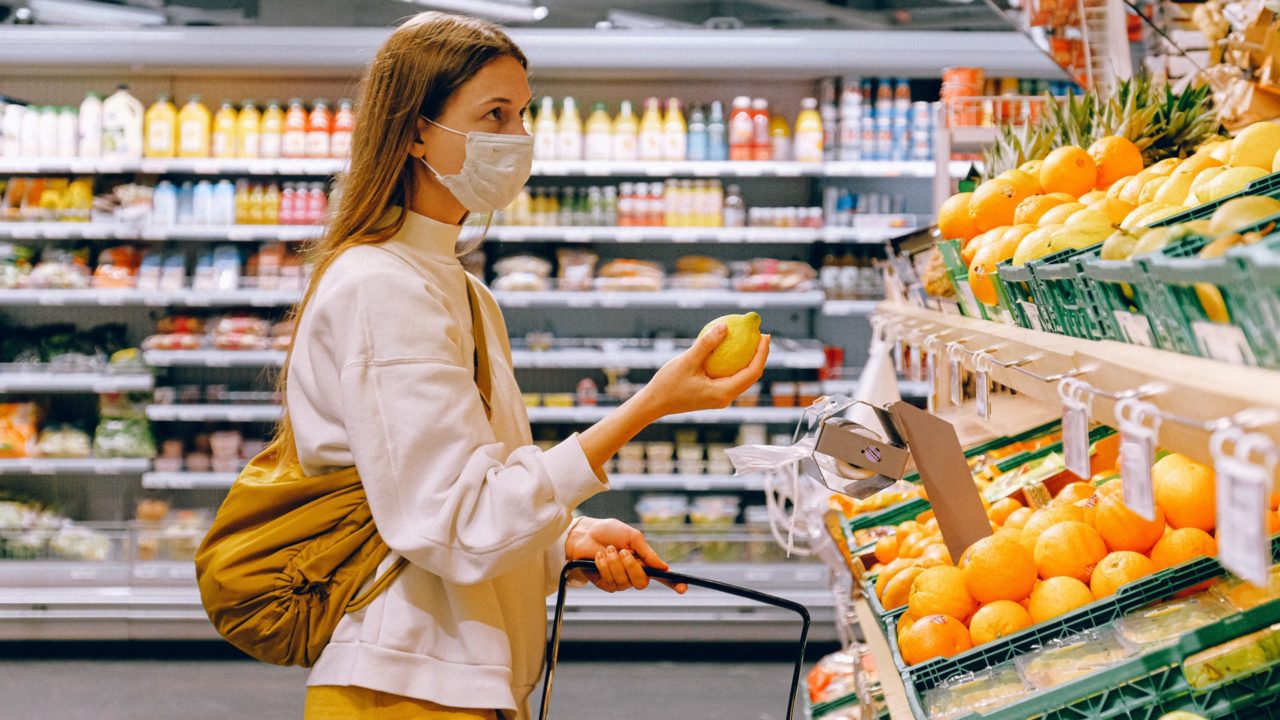The average household is facing a €330 price increase on their annual grocery bill, with 23% now saying they are struggling to make ends meet when it comes to their weekly food shop, according to Kantar.
Irish shoppers “feel the pinch” as grocery price inflation has reached 4.7%, which is the highest level since September 2013, Irish grocery market data by Kantar has revealed.
Market figures for the 12-week period ending on Sunday, April 17, show that foods like cooked poultry, bread, pasta and butter have seen some of the biggest jumps, while retailers are focusing their efforts on offering low prices for shoppers.
Irish take-home grocery sales declined by 7.2% across all major retailers, according to senior retail analyst at Kantar, Emer Healy. Kantar stated:
“For the first time since the pandemic began, sales are in decline by 5.2% compared with two years ago, as the period now includes the start of the first lockdown when only essential shops were allowed to open.”
Healy added that there are still noticeable effects on the grocery market as life gets back to normal, including the continued decline in supermarket trips each month, with shoppers making 3.5 fewer visits on average than this time last year.
The average spend per buyer has fallen significantly by €144 as consumers eat more meals out of the home, while sales of instant hot snacks and frozen pizzas grew by 9% and 4.3% respectively over the last four weeks, according to Kantar.
Irish consumers spent €10.8 million more on Easter eggs and seasonal chocolate over the latest four-week period compared to the same time last year, with shoppers spending an extra €620,000 this year on hot-cross buns.
Online sales and retailers
While take-home sales in Ireland dropped, online grocery sales were up by 3.9% during the analysed period ending on April 17, as people spent an extra €2 million on digital platforms.
The online market share is now 3.3 percentage points higher than the same 52-week period in 2019, Healy said, and the average number of items being purchased online is on the rise, growing by 3.2% year on year.

Dunnes has retained its position as Ireland’s largest grocer, holding a 22.4% market share, as the retailer received the largest influx of new shoppers which contributed an additional €56.8 million.
SuperValu holds a market share of 21.8%, followed closely by Tesco at 21.7%, while Lidl and Aldi account for 13.0% and 12.1% of the market respectively, according to most recent figures from Kantar.
